
China
19:33, 08-Nov-2017
Why was the Forbidden City the first stop on Trump’s China tour?
Liu Chen
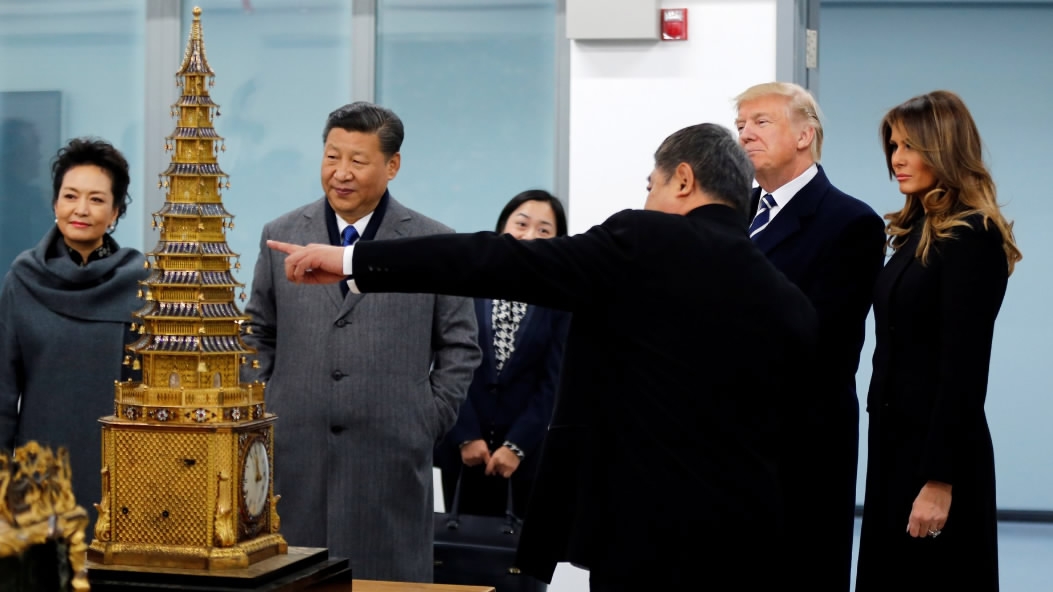
US President Donald Trump visited Beijing’s Palace Museum, also known as the Forbidden City, with Chinese President Xi Jinping on Wednesday afternoon.
The museum has been working with the US World Monuments Fund (WMF) to restore its cultural relics for over 15 years, in a shining example of China-US cooperation.
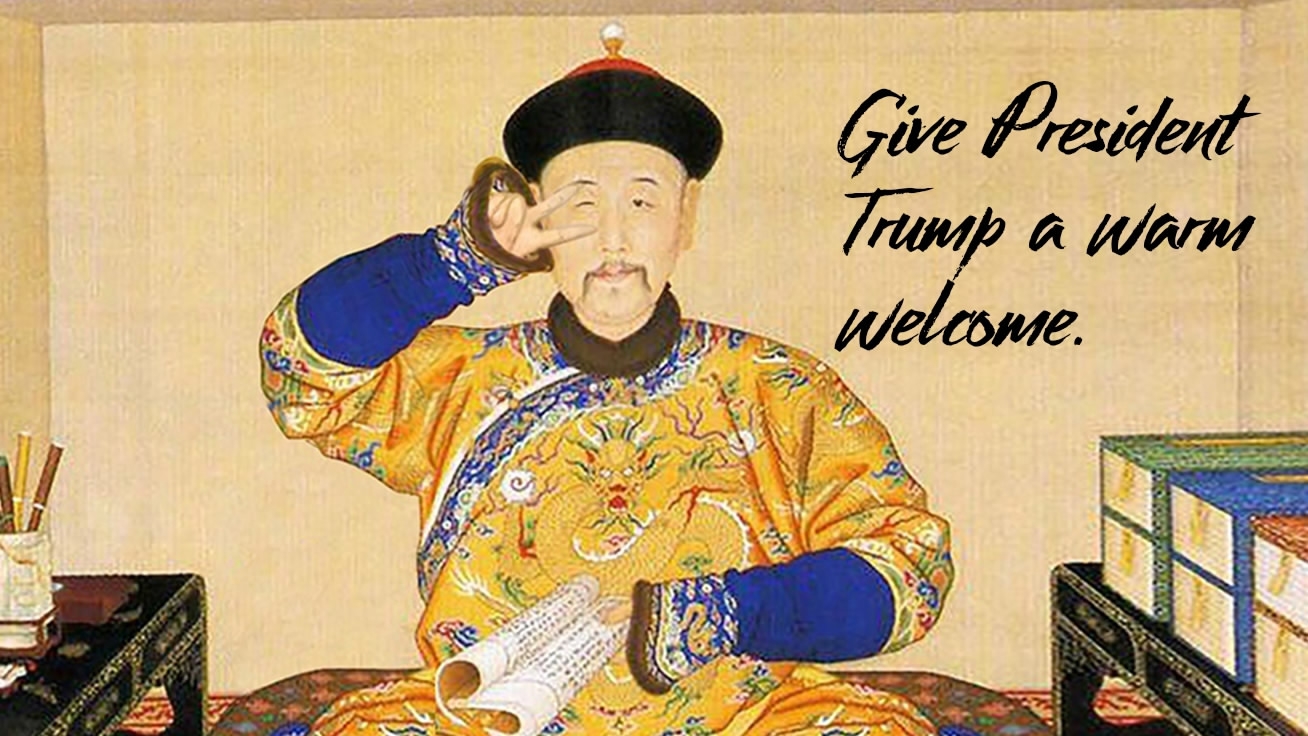
CGTN Photo
CGTN Photo
It’s obvious why this was chosen as Trump’s very first stop on his first time visiting China.

CGTN Photo
CGTN Photo
What is the Relic Hospital of Palace Museum?
The Forbidden City was home to China’s royal families for 500 years, from 1420 to 1912. Today, it is a house for more than 1.8 million historical artifacts. The Palace Museum has a team of specialists working to protect all these valuable items, and the Imperial Palace Heritage Conservation Center, informally called the “Relic Hospital”, opened in the grounds in 2016.
The Relic Hospital covering 13,000 square meters is staffed by more than 200 experts and packed with state-of-the-art devices. It is the most advanced relic restoration workshop in China.

The Relic Hospital repairs architectural items, sculptures, as well as ancient calligraphies and paintings. Here, experts combine traditional methods and modern technology in restoration work, including X-ray machines, hyperspectral scanning, 3D printing and even Google Glass smart eyewear.
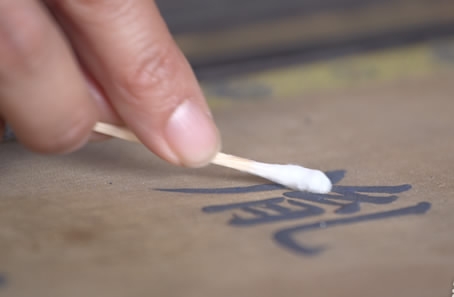
The restoration process is complicated. Taking carved bricks from the floor of the emperor’s bedroom as an example, it takes a worker a whole week to manually sculpt a brick of around 10 square centimeters to look like the original.
International cooperation on relic restoration
The Palace Museum began working with the WMF for its first large-scale interior design restoration.
Juanqinzhai, a secret palace built under Emperor Qianlong’s orders (1711-1799) for his retirement, was sealed off for more than a century and severely damaged by worms and fading. The building is regarded as the most exquisite and mysterious structure in the palace.
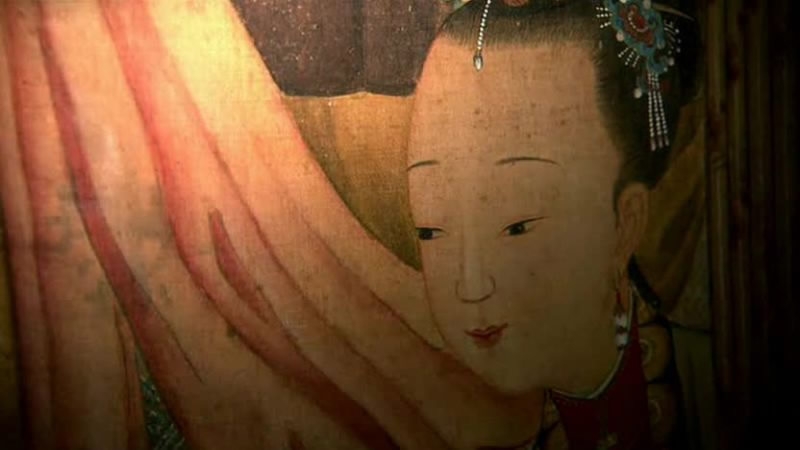
Due to a lack of experience and technology, the Palace Museum approached the WMF in 2001.
“I saw the most fantastic architectural features that I’ve ever seen in my life. I was just speechless… I sensed in a second that I was touching highly important Chinese history,” said John Stubbs of the WMF.
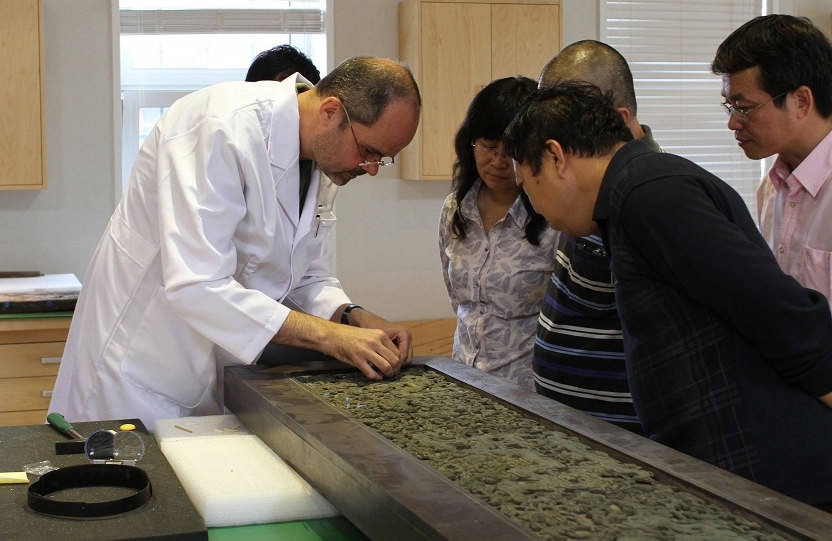
To recreate natural glue used for bamboo thread marquetry, the American team spent a long time experimenting and successfully created a kind of natural glue based on chemical analysis of the origin.
After seven years of maintenance, the luxurious retreat, the pinnacle of Chinese interior design and Qianlong’s inner world, was ready to be viewed again. The successful restoration has been presented to the world over the past few years.
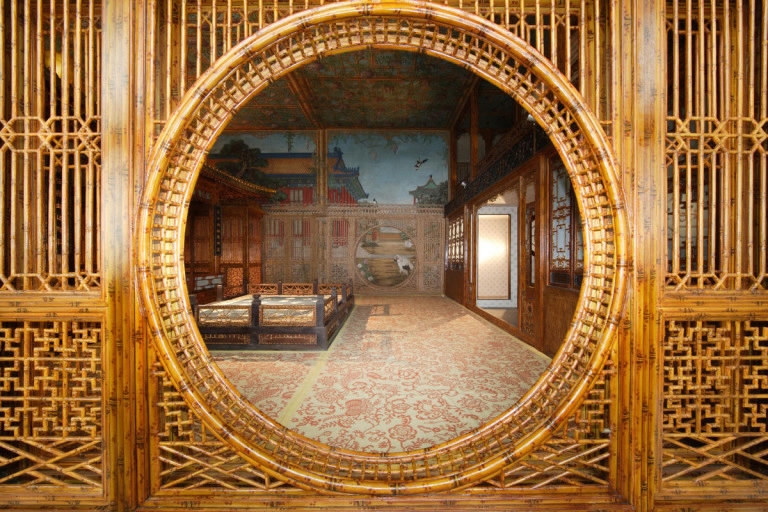
Some of the restored relics went on tour to four American museums in 2010, receiving an overwhelming response.
In 2014, over 140 relics from the secret garden were exhibited in the Capital Museum, before the building was opened to the public.
Broadcaster BSkyB dedicated an episode of its “Masterpieces” series to the Emperor’s Secret Garden in 2010. It shows the secrets of the garden’s traditional craftsmanship and the modern conservation efforts rejuvenating Juanqinzhai to its early golden days.
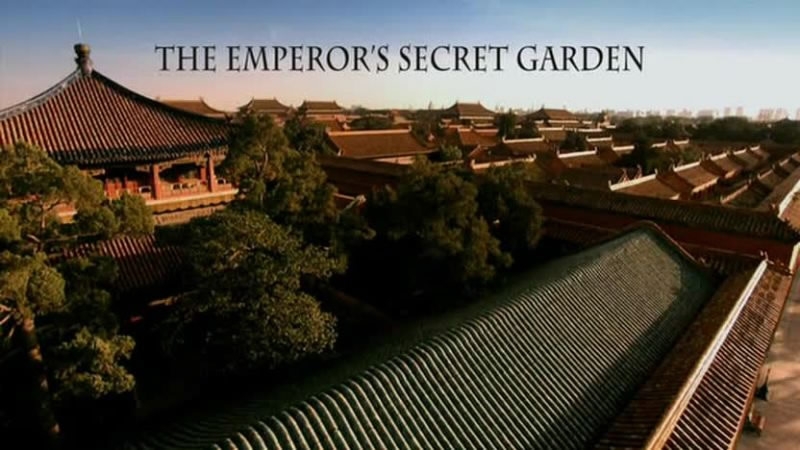
The great success of the project prompted expanded cooperation to rejuvenate the Palace of Tranquil Longevity Garden in 2006. It is estimated that the work will be completed in 2019 and in 2020; the long-forgotten retreat with royal interior designs, architectural structure as well as ancillary decorations from the time of Emperor Qianlong will be presented to the public for the very first time.
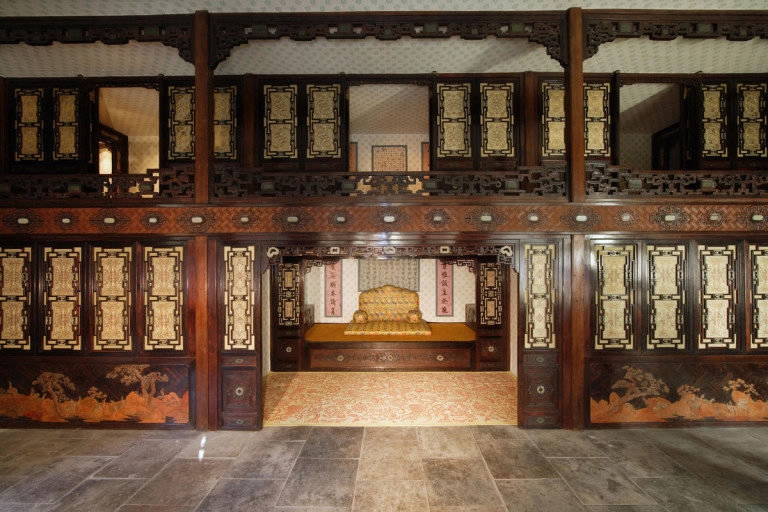
This China-US partnership has settled a set of standards which can be applied and referenced in the future.
China is determined to protect its cultural relics and has made clear its willingness to use technology and international cooperation for this mission.

SITEMAP
Copyright © 2018 CGTN. Beijing ICP prepared NO.16065310-3
Copyright © 2018 CGTN. Beijing ICP prepared NO.16065310-3